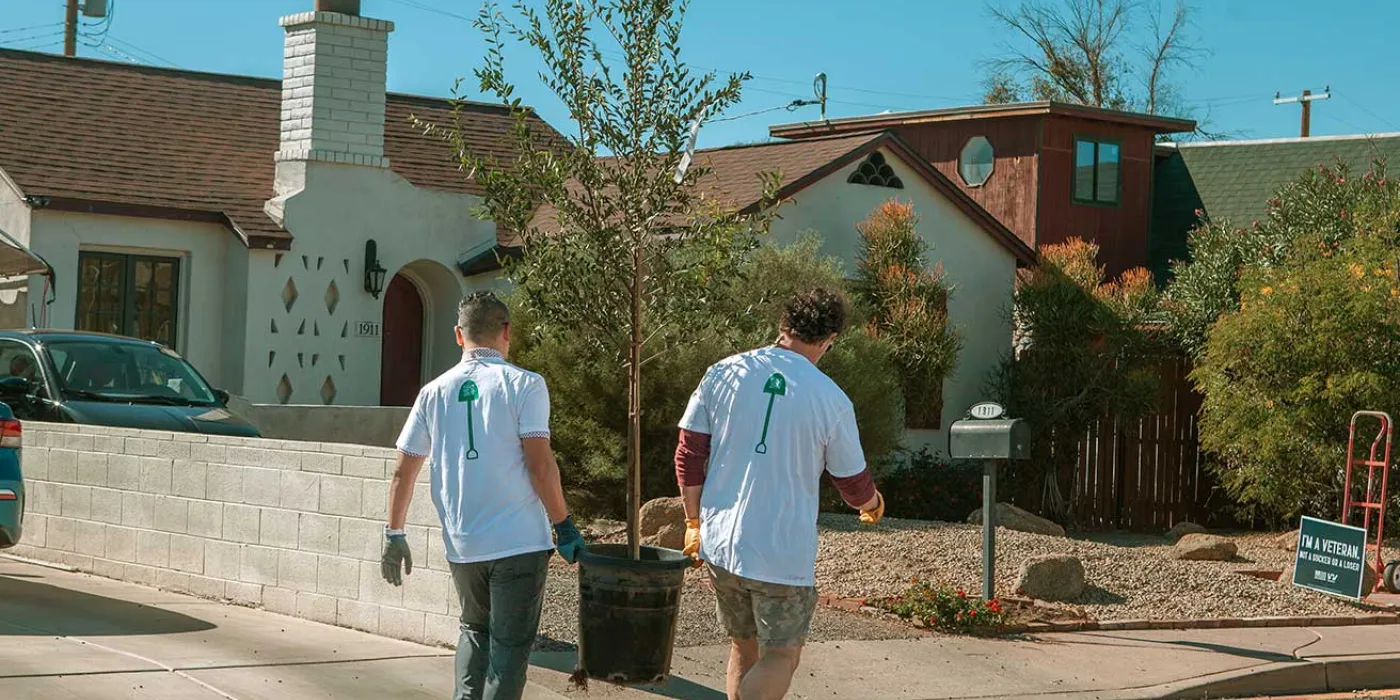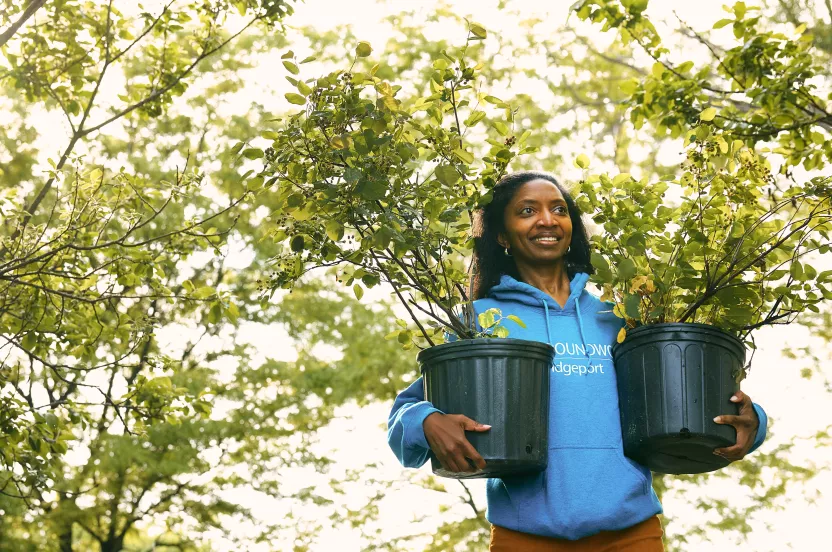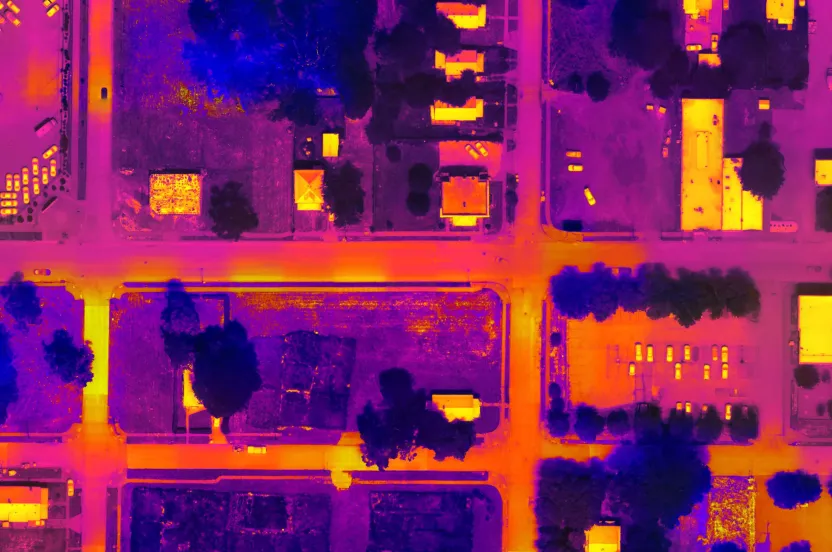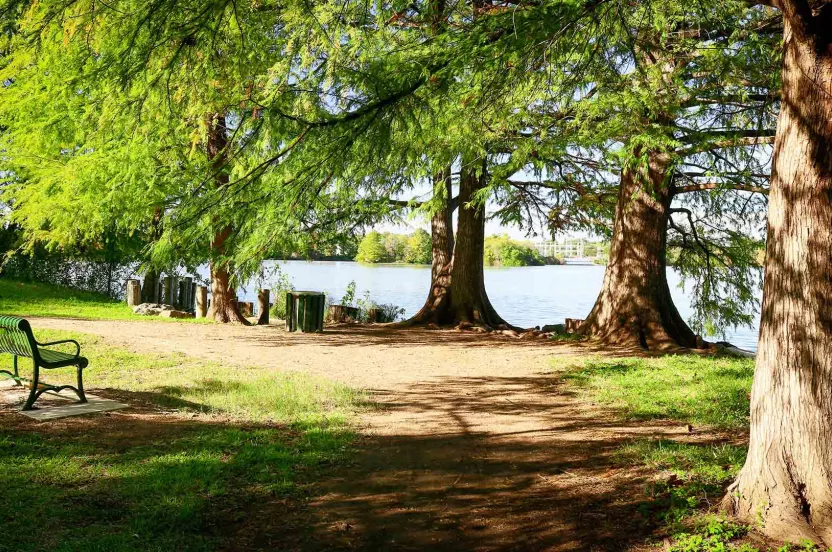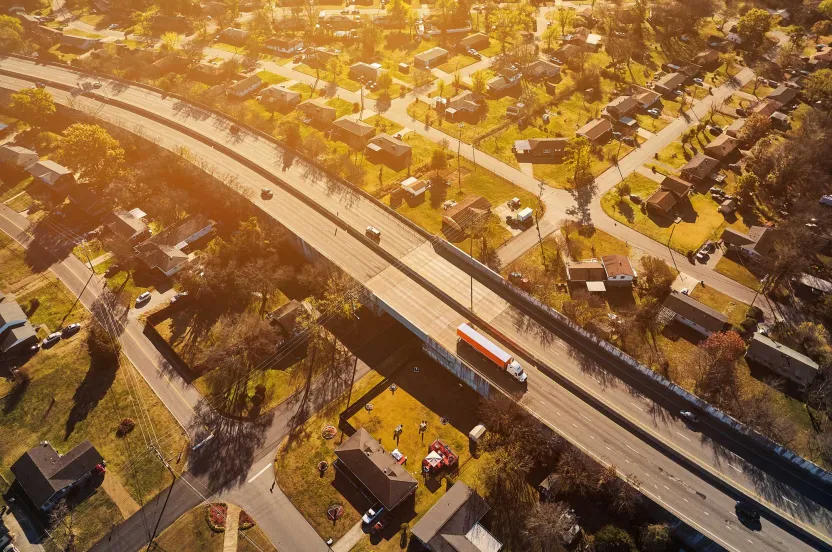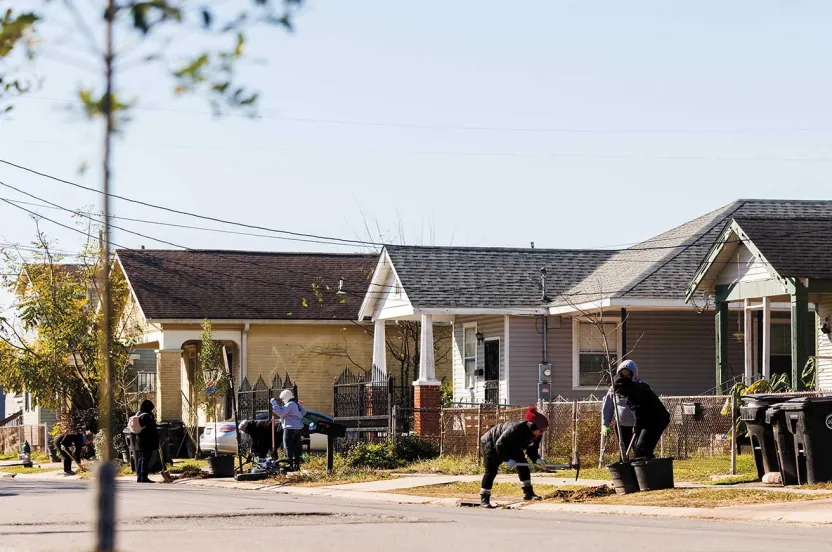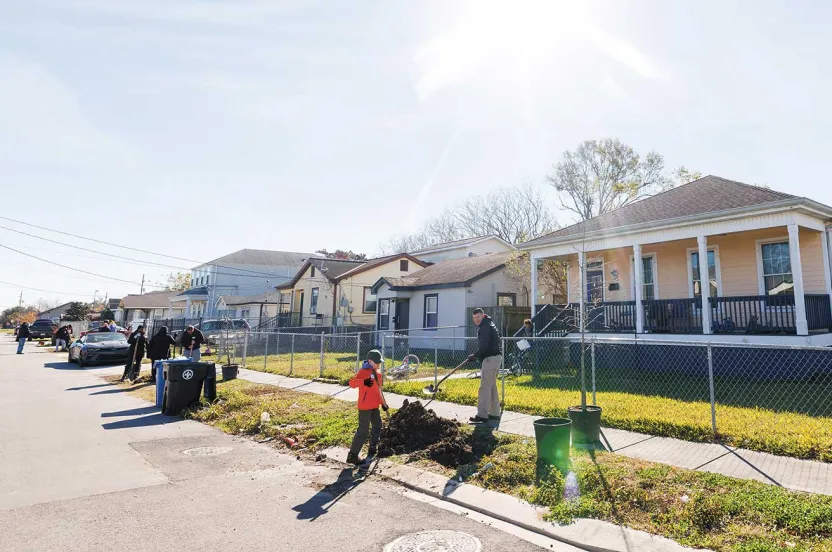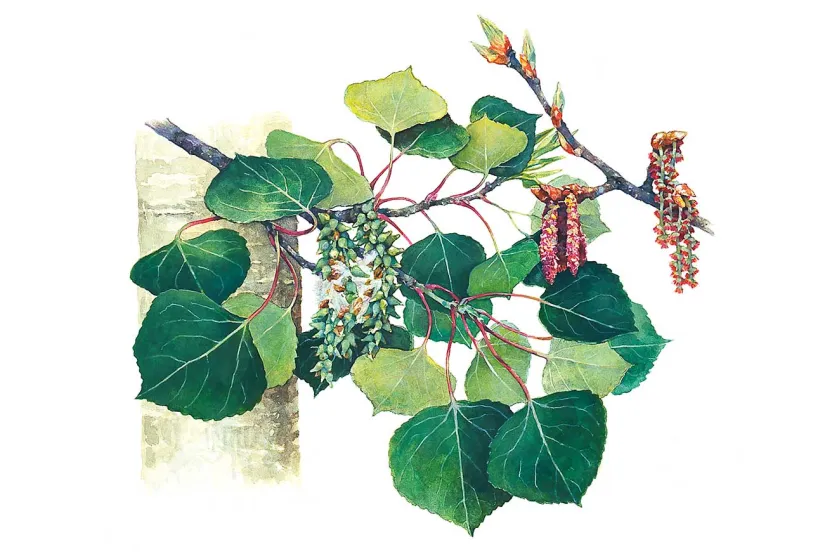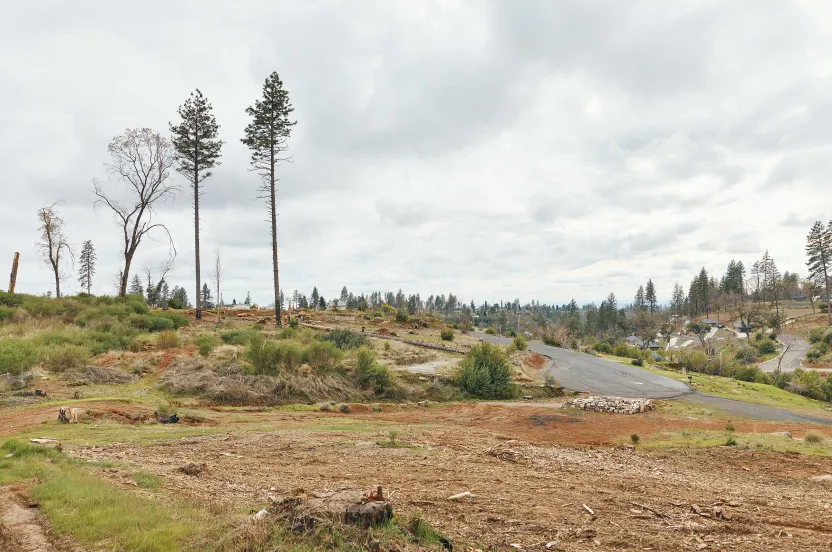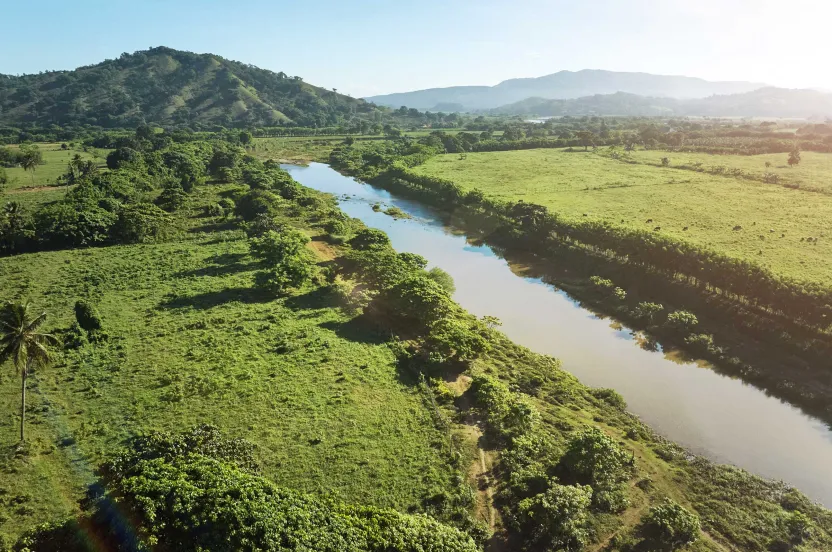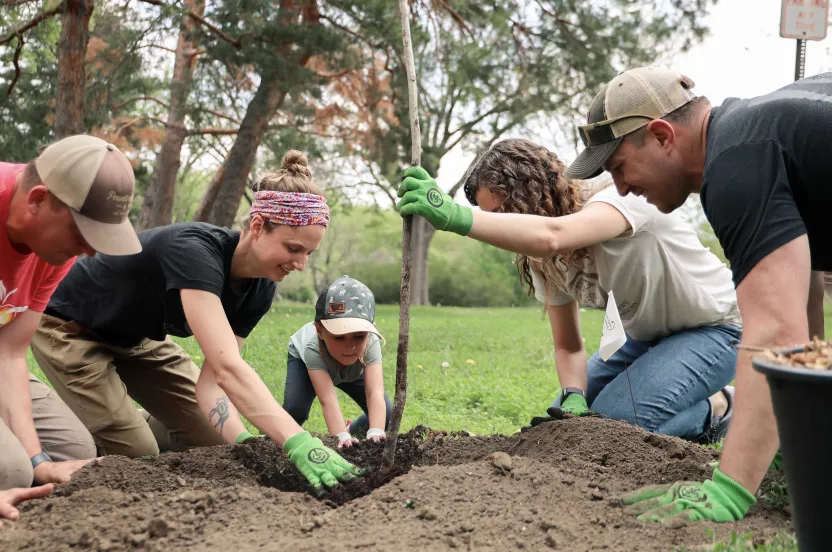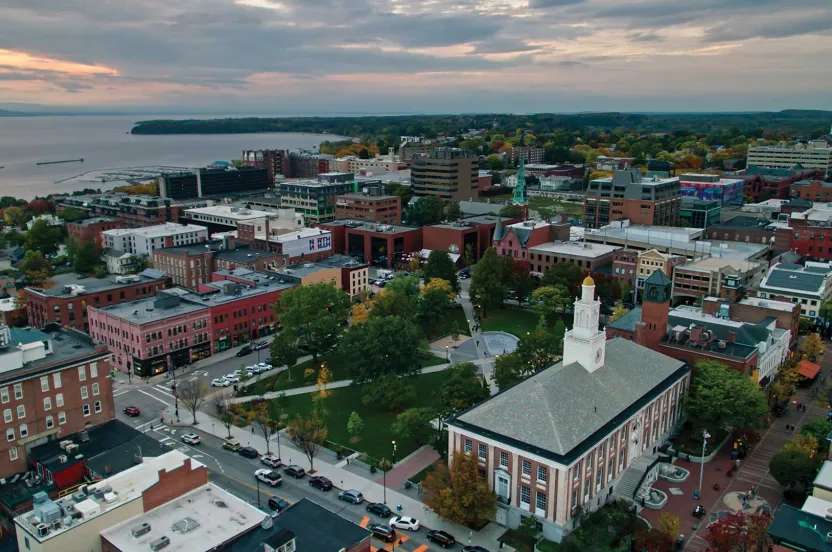Give before midnight on July 31 to double your impact where trees need us most. CHOOSE A PROJECT
Perspectives
Read how our work comes to life in forests and communities around the world.
Filter
Filter
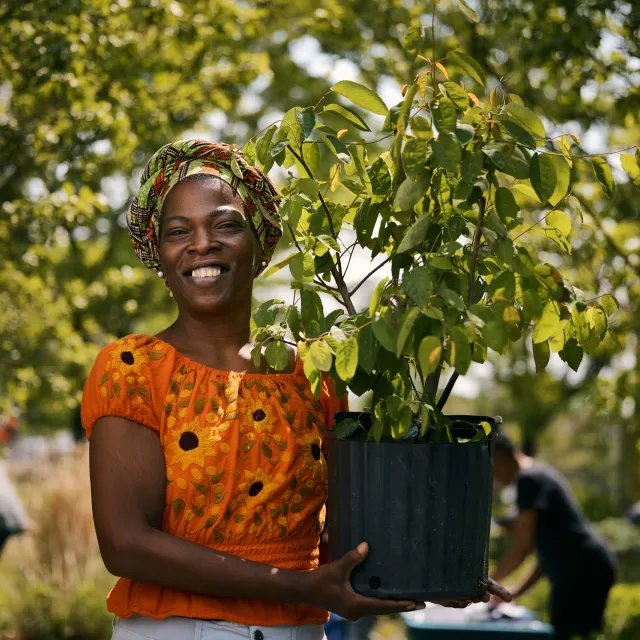
Our work in action
From busy streets to recovering rainforests, trees do worlds of good in so many ways. Explore how we plant with intention and focus in communities and forests.
